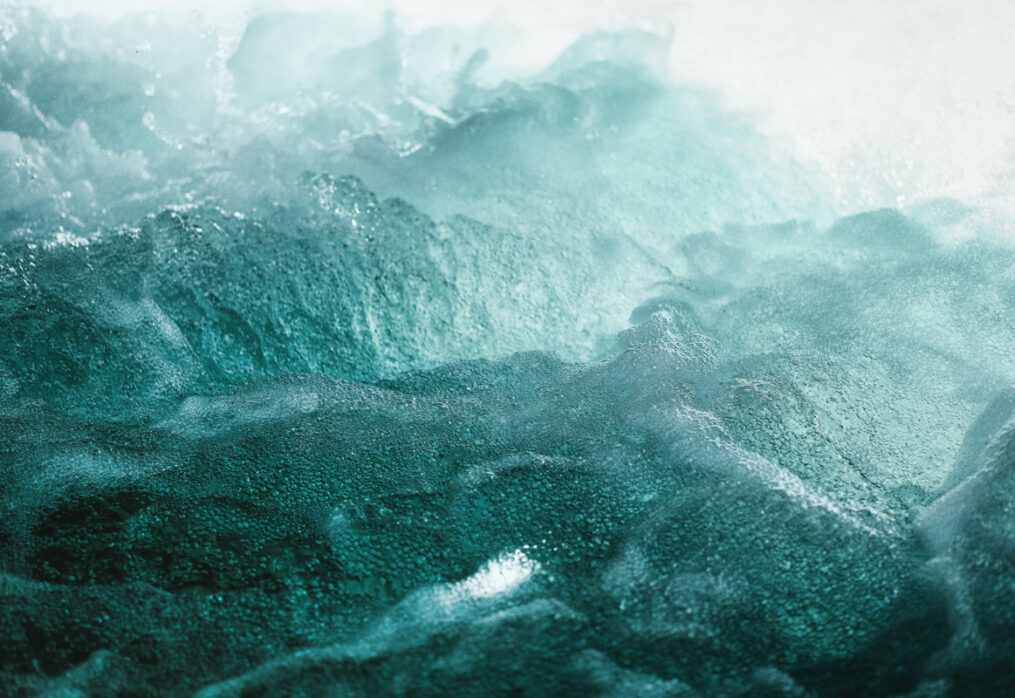Estimation of Water Salinity Distribution for Gas field
The determination of the Formation Water salinity in a reservoir is of great importance for understanding the geological development and evaluation of the field. Additionally, it has a huge impact on the readings of different logging tools (resistivity, pulsed neutron, bulk density logs, etc.) run in a well, thus making the analysis and interpretation of them quite difficult.
If the salinity variation is large enough, production may be significantly overestimated or underestimated. Moreover, the application of these erroneous calculations to a reservoir dramatically impacts the productivity rates and, consequently, the economic feasibility of the reservoir.
In this project, extensive analysis of available data on Formation Water salinity with respect to different influencing factors has been performed. By analyzing results from two independent salinity measurement techniques, the nature of these methodologies led to interesting observations regarding the rock properties as well as the overall dynamism of the field.
Based on the available data and the existing understanding of the field, certain laboratory techniques can give a more reliable estimation as well as help understand the hydrodynamic situation within the structure.
Among existing methods of predicting salinity, the most effective is a direct measurement of water resistivity or brine chemistry analysis. However, these analyses require core extraction with fluid preservation, so they can`t be applied in wells that are not cored. The goal of this research is to collect, do quality testing, calculate, and interpret data from all available salinity and other related measurements into a single comprehensive database. Based on this database and the proper usage of Machine Learning algorithms, we developed a Salinity Prediction Model for Gas Field. Our product is able to predict Formation Water salinity as well as understand the mechanism of salinity distribution and impacting factors like rock mineralogy, the impact of ultra-dispersed particles (UDP), capillary pressure, dynamic disequilibrium, etc.


